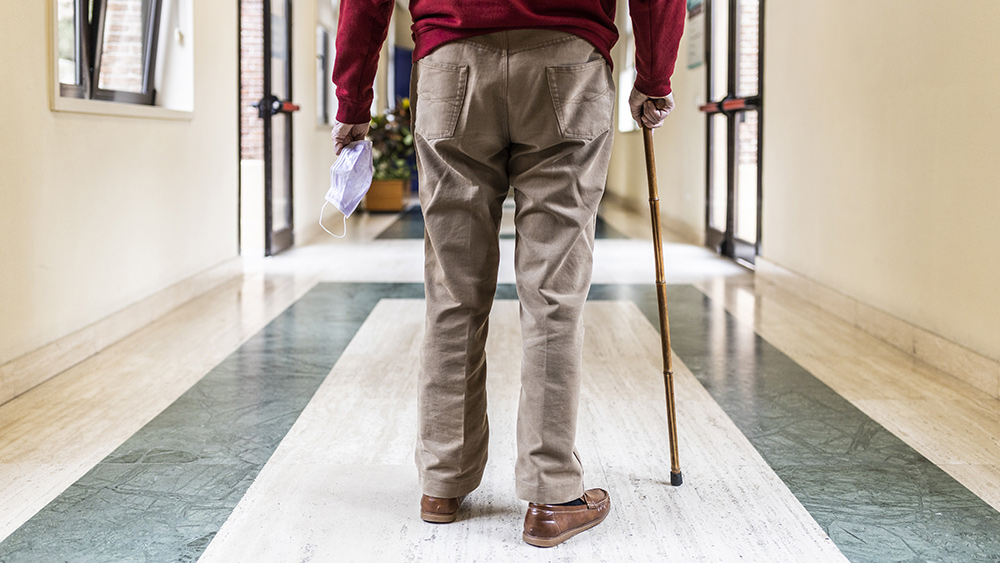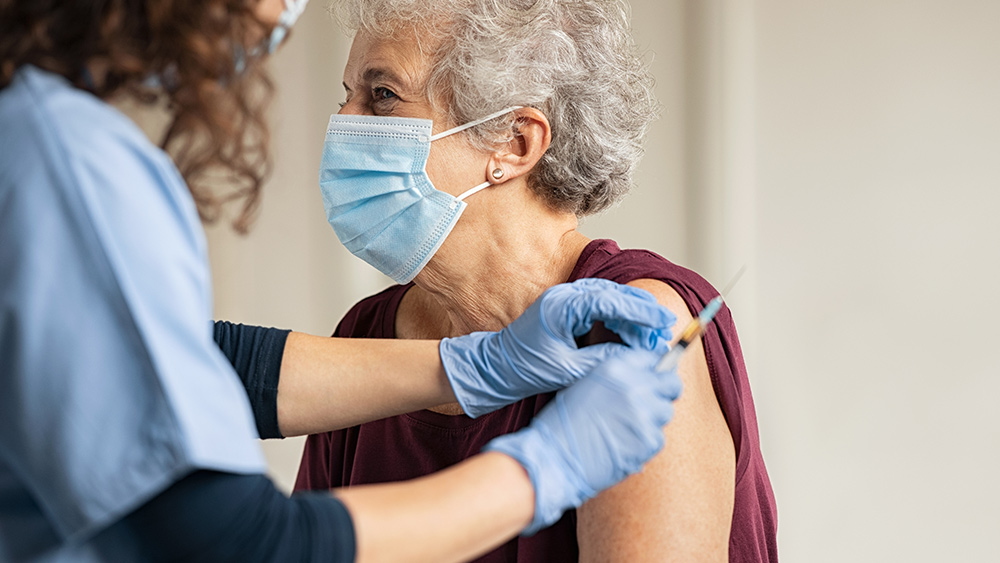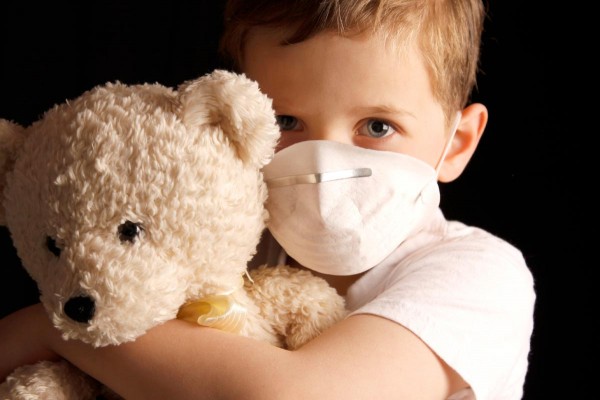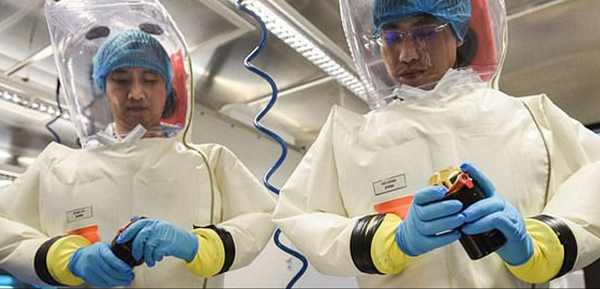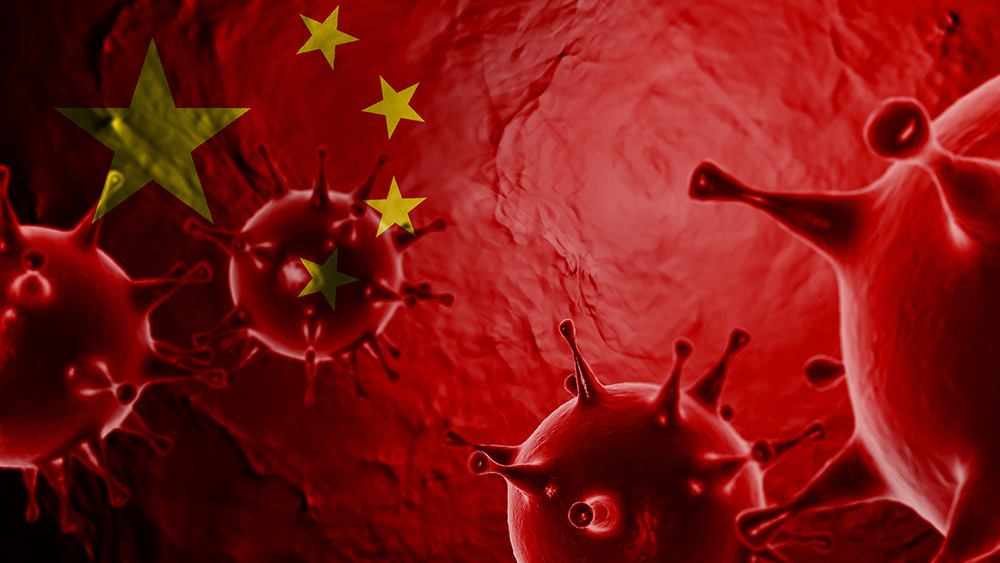New study: Asymptomatic individuals are less likely to spread the coronavirus than symptomatic people
01/11/2021 / By Evangelyn Rodriguez
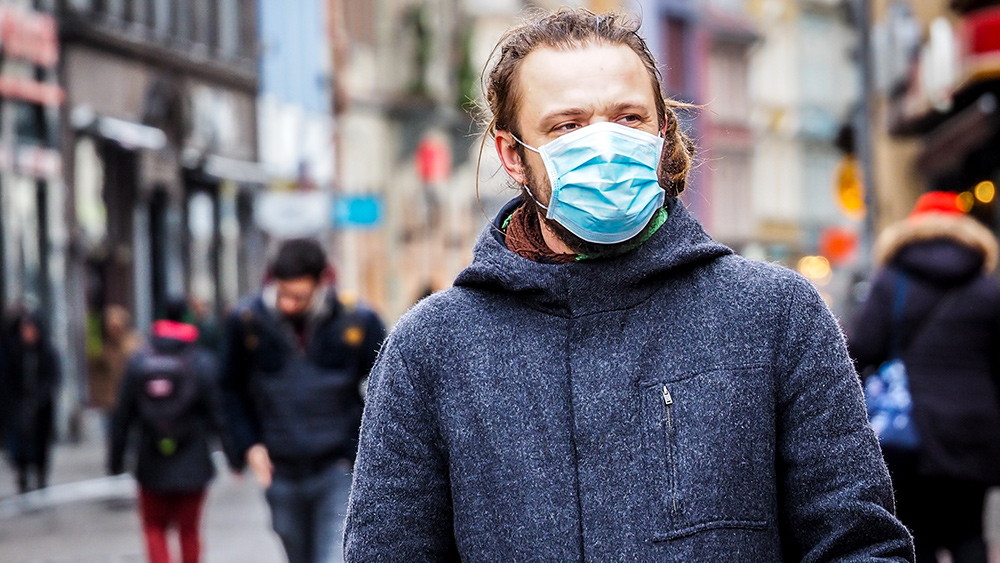
The contribution of asymptomatic transmissions to the spread of COVID-19 may have been grossly exaggerated, a new study suggests. After looking at data from 54 studies involving almost 78,000 participants, researchers from the University of Florida and the University of Washington have concluded that the majority of reported viral transmission cases were facilitated by people who manifested symptoms, whereas those who show no signs of infection despite testing positive rarely spread the virus to others.
The researchers also noted that because of government mandates requiring suspected or confirmed cases to isolate at home, households will continue to be significant venues for coronavirus transmission.
Evidence of asymptomatic transmission is lacking
Shortly after the coronavirus pandemic began, reports of otherwise healthy people (i.e., not showing the usual symptoms) testing positive emerged from around the world. These, together with the unprecedented surge of daily coronavirus cases for the better part of last year, baffled scientists and inevitably sparked fears of catching the coronavirus from asymptomatic carriers, or “silent spreaders.” (Related: Asymptomatic coronavirus carriers puzzle scientists.)
Not long afterward, these fears began influencing government mandates, and nationwide lockdowns were implemented in dozens of countries in hopes of containing the spread of COVID-19. In the U.S., public health authorities initially required only those manifesting symptoms to wear masks and to self-isolate; soon, however, governments began issuing lengthy stay-at-home orders to address growing concerns about asymptomatic spreading.
But recently, a number of studies have begun to question the validity of these measures, citing new evidence that asymptomatic transmission is a rare occurrence. For instance, new research published Nov. 20 in Nature Communications reported that not only was the prevalence of coronavirus infection in Wuhan, China — where COVID-19 originated — very low two months after the end of lockdown but that no close contacts of 300 confirmed asymptomatic cases tested positive for the coronavirus.
Another study published on Dec. 1 in the journal Annals of Internal Medicine reported similar findings. After evaluating the risk of COVID-19 transmission to close contacts in various settings, the researchers found that the secondary attack rate — the probability that an infection occurs among susceptible people within a specific group — is only 0.3 percent for asymptomatic cases. On the other hand, this measure increased with increasing symptom severity.
In an editorial published Dec. 21 in BMJ, two British researchers also emphasized recent findings suggesting that the secondary attack rate may actually be three to 25 times lower for asymptomatic individuals than for those who manifest symptoms. Additionally, while earlier studies estimated that about 80 percent of infections are asymptomatic, only 17 to 20 percent of infected patients turn out to be truly symptom-free. Around 49 percent of confirmed cases initially described as asymptomatic go on to develop symptoms.
But while the researchers are convinced that the prevalence of asymptomatic transmission has been overstated, they do not dismiss the role of presymptomatic transmission. According to viral culture studies, people infected with the coronavirus are infectious one to two days before the onset of symptoms and could remain infectious up to seven days after. Hence, symptomatic and presymptomatic transmissions play a larger role in the spread of the virus than truly asymptomatic transmission.
Viral transmission more likely to occur in homes due to restrictions
In a recent study published in JAMA Network Open, American researchers conducted a meta-analysis of 54 studies that involved 77,758 participants. Aside from determining the household secondary attack rate for the Wuhan coronavirus, officially known as SARS-CoV-2, they also compared its transmission to that of other coronaviruses (SARS-CoV and MERS-CoV) that have caused massive outbreaks previously.
The researchers reported that the estimated household secondary attack rate for SARS-CoV-2 was 16.6 percent; more than double that of SARS-CoV (7.5 percent) and MERS-CoV (4.7 percent). The household secondary attack rate for symptomatic COVID-19 cases was also considerably higher than that of asymptomatic cases (0.7 percent), suggesting that even in close proximity to others (i.e., family members), people without symptoms are less likely to transmit the virus than people with symptoms.
Considering the nature of the virus and how it can be transmitted — i.e., via direct or indirect contact with infected people, respiratory droplets or saliva, contaminated objects and aerosols — the researchers said that crowded indoor environments, such as households, are particularly high-risk settings since they allow sustained close contact and conversations. Additionally, given that authorities require individuals suspected of or confirmed to have COVID-19 to isolate themselves at home, the researchers recommend exploring prevention strategies that can be implemented in households to reduce the risk of viral transmission.
For more news about the Wuhan coronavirus, head over to Pandemic.news.
Sources include:
Tagged Under: asymptomatic transmission, breakthrough, coronavirus, covid-19, discoveries, outbreak, pandemic, research, secondary attack rate, superbugs, symptomatic transmission, viral infection




